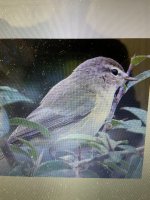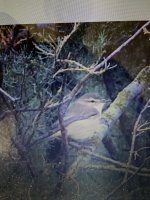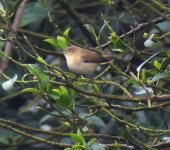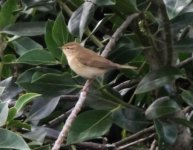Frank-birding
Frank van de Velde
Hello,
Over the last couple of weeks I came in different places across 2 very buff/warm coloured Chiffchaffs, that lacked green-yellow tones on underside, breast, flanks and head/back area. (And obviously a saw great many more that did possess green-yellow tones as is usual for Common Chiffchaff).
Yesterday I again saw one such warm coloured Chiffchaff (the 3th) in the Noord-Hollands Duinreservaat. It was in a forest area at the edge of a small forest pond, very near to the actual coastal dunes. Also at least 3 other 'traditionally' greenish-yellowish were present. The bird (see attached images) stood out, with its dark almost reddish brown head (under some angles) and warm tones. Although I also noticed that its legs are not quite black (a ssp. tristis characteristic).
Unfortunately the bird was silent, so I couldn't record its call.
Now I'm starting to be curious if I might have seen one or more Siberian Chiffchaffs over the last weeks. Although I previously associated whitish, grey and cold tones with ssp. tristis, more than these warm brown tones, I also saw many confirmed Siberian Chiffchaff images online with to my eye quite similar warm tones.
But as I saw no less than three candidates (whereas Siberian Chiffchaff is very rare in the Netherlands), I think I might be rushing to wrong IDs.
(From the other 2 mentioned buff/warm coloured Chiffchaffs I encountered I also made photographs, and also a sound recording from one. I could create another Bird ID Q&A post with the images and sound from this bird.)
Hopefully someone can help me with this question?
Regards, Frank
Over the last couple of weeks I came in different places across 2 very buff/warm coloured Chiffchaffs, that lacked green-yellow tones on underside, breast, flanks and head/back area. (And obviously a saw great many more that did possess green-yellow tones as is usual for Common Chiffchaff).
Yesterday I again saw one such warm coloured Chiffchaff (the 3th) in the Noord-Hollands Duinreservaat. It was in a forest area at the edge of a small forest pond, very near to the actual coastal dunes. Also at least 3 other 'traditionally' greenish-yellowish were present. The bird (see attached images) stood out, with its dark almost reddish brown head (under some angles) and warm tones. Although I also noticed that its legs are not quite black (a ssp. tristis characteristic).
Unfortunately the bird was silent, so I couldn't record its call.
Now I'm starting to be curious if I might have seen one or more Siberian Chiffchaffs over the last weeks. Although I previously associated whitish, grey and cold tones with ssp. tristis, more than these warm brown tones, I also saw many confirmed Siberian Chiffchaff images online with to my eye quite similar warm tones.
But as I saw no less than three candidates (whereas Siberian Chiffchaff is very rare in the Netherlands), I think I might be rushing to wrong IDs.
(From the other 2 mentioned buff/warm coloured Chiffchaffs I encountered I also made photographs, and also a sound recording from one. I could create another Bird ID Q&A post with the images and sound from this bird.)
Hopefully someone can help me with this question?
Regards, Frank
Attachments
-
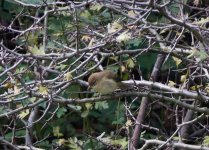 20211022-105958_RX10iv_DSC01883.jpg580.5 KB · Views: 76
20211022-105958_RX10iv_DSC01883.jpg580.5 KB · Views: 76 -
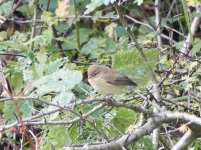 20211022-110028_RX10iv_DSC01902.jpg363.7 KB · Views: 85
20211022-110028_RX10iv_DSC01902.jpg363.7 KB · Views: 85 -
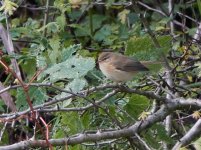 20211022-110026_RX10iv_DSC01901.jpg345.8 KB · Views: 86
20211022-110026_RX10iv_DSC01901.jpg345.8 KB · Views: 86 -
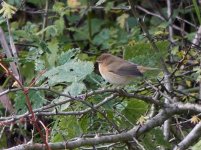 20211022-110024_RX10iv_DSC01900.jpg341.3 KB · Views: 94
20211022-110024_RX10iv_DSC01900.jpg341.3 KB · Views: 94 -
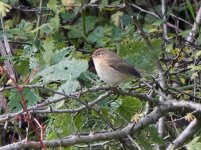 20211022-110024_RX10iv_DSC01899.jpg351 KB · Views: 86
20211022-110024_RX10iv_DSC01899.jpg351 KB · Views: 86 -
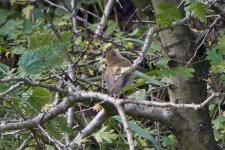 20211022-110022_RX10iv_DSC01898.jpg408.3 KB · Views: 78
20211022-110022_RX10iv_DSC01898.jpg408.3 KB · Views: 78 -
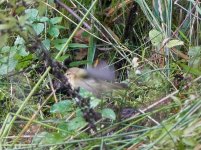 20211022-110016_RX10iv_DSC01893.jpg396.2 KB · Views: 65
20211022-110016_RX10iv_DSC01893.jpg396.2 KB · Views: 65 -
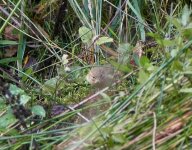 20211022-110010_RX10iv_DSC01891.jpg362.5 KB · Views: 67
20211022-110010_RX10iv_DSC01891.jpg362.5 KB · Views: 67 -
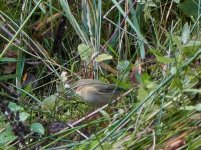 20211022-110010_RX10iv_DSC01890.jpg380.4 KB · Views: 69
20211022-110010_RX10iv_DSC01890.jpg380.4 KB · Views: 69




